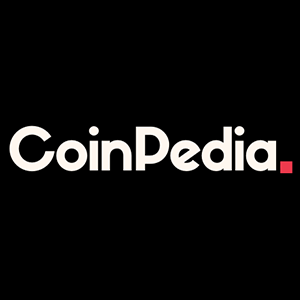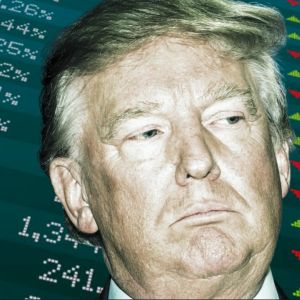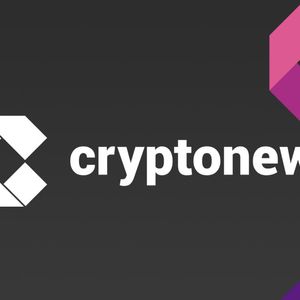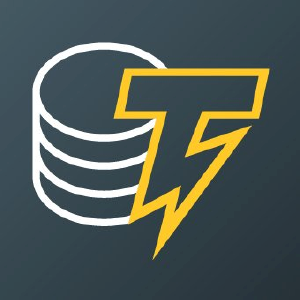The world of blockchain is constantly evolving, with innovation focused heavily on overcoming the limitations of existing networks, particularly scalability. Ethereum, the leading platform for decentralized applications (dApps), faces challenges with high transaction fees and congestion during peak times. This is where Layer 2 solutions like Reddio come into play, offering a pathway to faster, cheaper transactions while inheriting the security of the main Ethereum chain. A crucial step for any such project is the transparent release of its tokenomics, and Reddio has just made a significant announcement regarding its native asset, the RDO token. Understanding Reddio Tokenomics: What’s Under the Hood? Tokenomics – a blend of ‘token’ and ‘economics’ – is the backbone of any cryptocurrency project. It defines how a token is created, distributed, managed, and used within its ecosystem. For investors, users, and developers, understanding a project’s tokenomics is essential for assessing its long-term viability, potential value, and incentive structures. Reddio recently took to its official X (formerly Twitter) account to unveil the detailed tokenomics for its upcoming RDO token, providing a clear picture of how the 10 billion total supply will be allocated. One of the immediate highlights from Reddio’s announcement is their chosen distribution strategy. In a move that deviates from common practices seen in previous market cycles, Reddio confirmed it will not conduct an initial coin offering (ICO), community fundraising rounds, or NFT sales as primary methods for distributing RDO tokens. This approach suggests a potential focus on alternative distribution methods, possibly favoring ecosystem participation, airdrops for early users, or incentives for developers building on the platform. How Will the RDO Token Supply Be Distributed? The total supply of the RDO token is capped at 10 billion. Reddio has outlined specific percentages allocated to different key areas critical for the project’s success and growth. Here’s a breakdown of the planned crypto token distribution : Security and Network Incentives (25%): This is the largest single allocation and is typically designated for rewarding validators, stakers, or other participants who help secure the network and process transactions. A high percentage here indicates a strong commitment to network health and decentralization. Ecosystem Growth (22.76%): This significant portion is dedicated to fostering development and activity on the Reddio platform. Funds from this allocation can be used for grants to developers building dApps, partnerships, marketing initiatives, and other programs designed to expand the Reddio ecosystem. Contributors (21.8%): This allocation is for the core team, advisors, and employees who have contributed to building and developing the Reddio protocol. These tokens are typically subject to vesting schedules to ensure long-term alignment with the project’s success. Strategic Investors (15.48%): This percentage is allocated to venture capital firms and other strategic partners who provided funding and support during private investment rounds. Like contributor tokens, these are usually subject to vesting periods. Community (8%): This portion is reserved for the broader Reddio community. Given the absence of an ICO or public sale, mechanisms like airdrops, testnet rewards, or ongoing community programs are likely avenues for distributing these tokens. Treasury (6.96%): The treasury allocation provides Reddio with resources for future operational costs, unexpected expenses, and funding strategic initiatives not covered by other allocations. It acts as a reserve for the project’s long-term sustainability. Visualizing this breakdown can be helpful: Allocation Category Percentage of Total Supply Approximate RDO Tokens Security and Network Incentives 25% 2,500,000,000 Ecosystem Growth 22.76% 2,276,000,000 Contributors 21.8% 2,180,000,000 Strategic Investors 15.48% 1,548,000,000 Community 8% 800,000,000 Treasury 6.96% 696,000,000 Why This Specific Allocation Strategy? Benefits and Challenges The chosen allocation strategy for the RDO token reveals insights into Reddio’s priorities. The significant portions dedicated to Security/Network Incentives and Ecosystem Growth suggest a focus on building a robust, decentralized, and actively used platform from the ground up. Prioritizing network participants and developers is key to creating a vibrant Ethereum Layer 2 environment. Avoiding an ICO or public fundraising round can mitigate certain risks, such as intense selling pressure immediately after listing from short-term retail investors. It can also help the project focus on development rather than marketing hype associated with public sales. However, it also means the community allocation is relatively small compared to some projects that prioritize wide retail distribution from day one. This places importance on how that 8% is distributed – mechanisms like retroactive airdrops to early users or testnet participants could be crucial for building initial community goodwill and distribution. Another aspect to consider is the vesting schedules for contributor and investor tokens. While not detailed in the initial announcement, robust vesting is standard practice and essential to prevent large token dumps that could negatively impact the RDO token price and stability shortly after launch. Transparency around these schedules will be important information for the community. RDO’s Role in Reddio’s Blockchain Scaling Solution While the tokenomics reveal the distribution, the ultimate success of the RDO token will depend on its utility within the Reddio ecosystem. As a blockchain scaling solution, Reddio aims to provide high throughput and low costs for Ethereum transactions. The RDO token will likely play several key roles: Governance: Empowering token holders to participate in decisions regarding the future development and parameters of the Reddio network. Staking/Validation: If Reddio utilizes a Proof-of-Stake or similar mechanism for security, RDO tokens would be staked to participate and earn rewards. Transaction Fees: While Reddio aims for low fees, the RDO token might be used for discounted transaction costs or specific operations on the network. Incentives: Rewarding users for participating in the ecosystem, providing liquidity, or using specific dApps. The specific utility will significantly influence demand and the long-term value proposition of the RDO token. Projects with strong token utility tend to build more sustainable economies. Actionable Insights: What Should You Do? For those interested in the Reddio project, Ethereum Layer 2 solutions, or potential new crypto opportunities, the release of the Reddio tokenomics is a key development. Here are some actionable steps: Stay Informed: Follow Reddio’s official channels (like X) for updates on the token launch date, specific utility details, and potential distribution events (like airdrops). Understand the Allocations: Familiarize yourself with the breakdown. Consider what the large allocations for security and ecosystem growth imply for the network’s priorities. Research Reddio’s Technology: Understand how Reddio provides blockchain scaling for Ethereum and how it compares to other L2 solutions. Anticipate Distribution Mechanisms: Given the lack of an ICO, pay close attention to announcements regarding community distribution, which might involve participating in testnets, using the platform post-launch, or other criteria. Understanding the tokenomics is just the first step. Evaluating the technology, team, and market adoption will be crucial as the project moves towards launch. Concluding Thoughts on Reddio’s RDO Tokenomics Reddio’s decision to release its RDO tokenomics is a positive sign of transparency as it approaches launch. The allocation strategy, with significant portions dedicated to network security and ecosystem growth, signals a focus on building a robust and developer-friendly platform. The choice to forgo traditional public sales like an ICO is notable and shifts the focus to alternative distribution methods, particularly for the community. As the Ethereum Layer 2 space continues to heat up, projects like Reddio with clear and well-thought-out tokenomics stand a better chance of fostering a sustainable and engaged ecosystem. The success of the RDO token will ultimately depend on its utility and the Reddio platform’s ability to attract users and developers seeking efficient blockchain scaling solutions. To learn more about the latest Ethereum Layer 2 trends, explore our articles on key developments shaping Ethereum blockchain scaling solutions.















